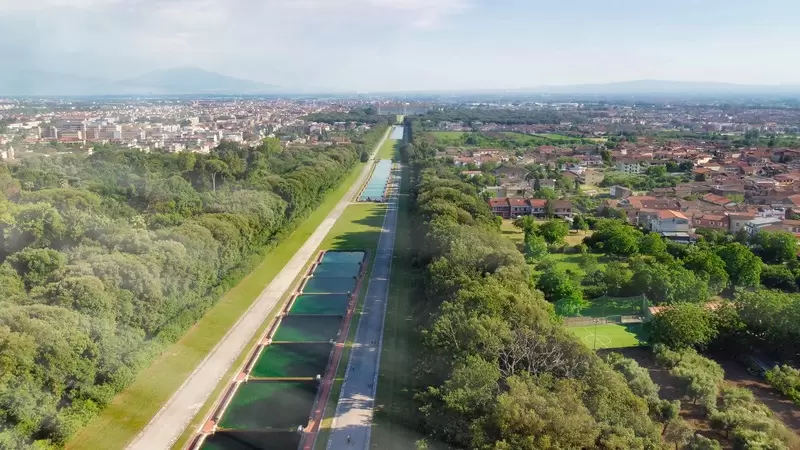
By Brianna Vernon
On the outskirts of Naples, Italy, The Royal Palace of Caserta (Reggia di Caserta) is the inspiration behind an exhibition currently being hosted by UNESCO. The exhibition entitled Fragments of Paradise: Gardens at the Time of the Reggia di Caserta began on July 1, 2022, and will continue until October 16. The esteemed event is being curated by the Director of Reggia di Caserta Tiziana Maffei, along with Alberta Campitelli and Alessandro Cremona.
Fragments of Paradise displays and celebrates the beauty of the Royal Park, the undertaking of Charles de Bourbon, King of Naples, and his wife Maria Amalia of Saxony, as a means of portraying the splendor of their reign.

The exhibition will include around two hundred pieces on display such as paintings, drawings, objets d’art, sculptures, books, and herbaria. Illustrations will also portray the garden’s history with depictions of its landscape, showcasing its design and how it has evolved from the Renaissance period to the 1800s.
Numerous models of the gardens have been fashioned, including the Italian or French design, as well as the more contemporary laissez-faire English model. These models represent the Garden of Eden, which is believed to be symbolic of humanity’s primary goal: the creation of an environment both perfect and marvelous.
Director Tiziana Maffei shares that “the exhibition at the Reggia di Caserta, the product of demanding research that has involved the cooperation of numerous national institutions and scholars, sets out to illustrate, for both experts and a broader audience, the different values concealed behind these minor representations of Paradise while also shining the spotlight on the urgent need to safeguard them in order to ensure their full accessibility and the opportunity to hand their beauty down to future generations.”
The work of renowned artists has been brought to the fore once again through Fragments of Paradise; these artists include Hubert Robert, Hendrick van Cleve III, Jules-César-Denis van Loo, and Giusto Utens, all who revived the reverence for the Royal Park through their masterpieces.
Much focus is placed on Jacob Philipp Hackert, who was instrumental in representing the botanical grandeur of landscapes across Southern Italy. Many of the designs were sourced from Italian and European museums and institutions and were previously uncatalogued.
Italian actor and a key player in the curation of Fragments of Paradise, Alessandro Cremona says, “On entering the park of the Reggia di Caserta, one is immersed in every single one of the meanings with which the Western garden, and the Italian garden, in particular, are imbued.” He continues, “The exhibition leads visitors through this extraordinary complexity, wending its way through the heavenly labyrinth of the painted and imagined garden, prompting visitors to ‘take delight’ in the vision of Vanvitelli’s splendid gardens.”


To unveil the full glory of the Royal Palace of Caserta Park, the exhibit is organized by different thematic approaches to the gardens.
The first section displays the Reggia di Caserta and its models alongside artistic depictions of the Reggia di Caserta’s Royal Park and the favorite gardens of Charles and Maria Amalia from their homelands.
The second section highlights the garden and the landscape, showcasing the connection between gardens situated from Campania to Lazio, the Marche, Tuscany, and Piedmont.
Third, the exhibit reveals the garden as a stage set, an illustration of the displays of power, festivities, and theatricals.
Fourth, there is a display of water within the gardens, a picturesque display of waterworks, fountains, and waterways, with a scenic representation of lakes, rivers, and the sea.
Fifth, the exhibit shows the garden as wilderness, an exaltation of the forests and estates attached to the villas, spanning the Medici gardens up to the 19th century.
Sixth, one can see the garden as a setting for religious and mythological narratives, as artwork from artists such as Pietro and Gianlorenzo Bernini portrays Christ “the gardener,” various mythological and literary episodes, and allegories of the seasons.
Finally, the exhibit highlights the botanicals in the garden, focusing on the plants’ varying roles and functions. It covers historical and cultural engagement with plants such as the eventful “Tulipomania,” and the growth of botanical science.
Joining forces to produce the prestigious event are Camera di Commercio di Caserta, the Amici della Reggia di Caserta, Colonnese and Friends, Associazione Parchi e Giardini d’Italia, Grandi Giardini Italiani and the European Route of Historic Gardens. The hope is that Fragments of Paradise will reintroduce a love for the relationship between history and nature as one experiences the beauties of the Royal Park at Reggia di Caserta. As such, its preservation, even in the form of art, is of utmost importance.



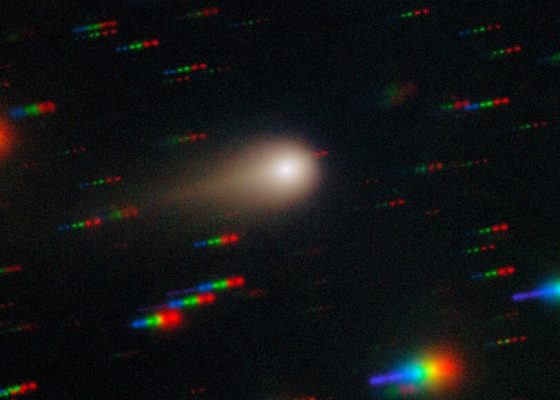



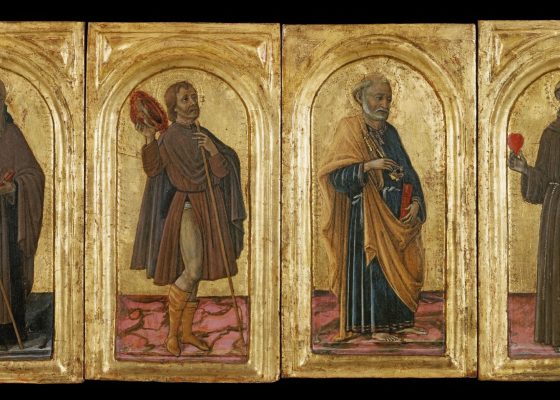
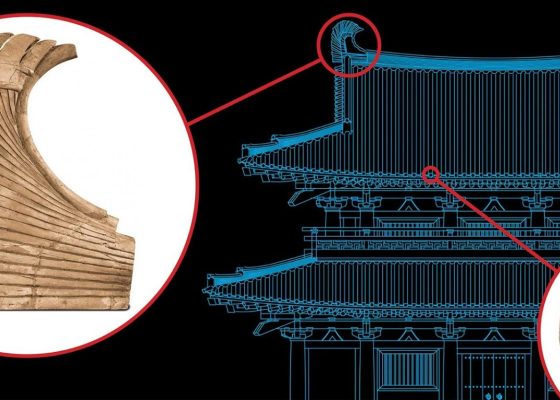
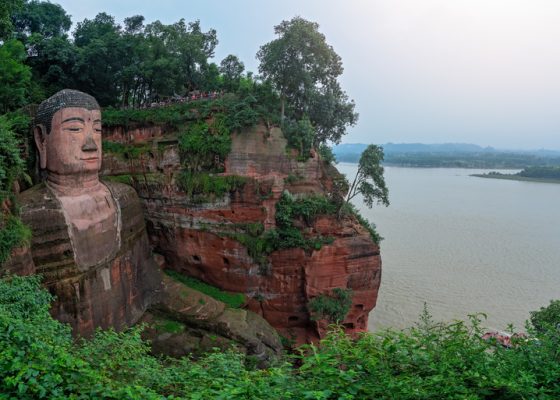


Cancel anytime


Using our website
You may use the The Middle Land website subject to the Terms and Conditions set out on this page. Visit this page regularly to check the latest Terms and Conditions. Access and use of this site constitutes your acceptance of the Terms and Conditions in-force at the time of use.
Intellectual property
Names, images and logos displayed on this site that identify The Middle Land are the intellectual property of New San Cai Inc. Copying any of this material is not permitted without prior written approval from the owner of the relevant intellectual property rights.
Requests for such approval should be directed to the competition committee.
Please provide details of your intended use of the relevant material and include your contact details including name, address, telephone number, fax number and email.
Linking policy
You do not have to ask permission to link directly to pages hosted on this website. However, we do not permit our pages to be loaded directly into frames on your website. Our pages must load into the user’s entire window.
The Middle Land is not responsible for the contents or reliability of any site to which it is hyperlinked and does not necessarily endorse the views expressed within them. Linking to or from this site should not be taken as endorsement of any kind. We cannot guarantee that these links will work all the time and have no control over the availability of the linked pages.
Submissions
All information, data, text, graphics or any other materials whatsoever uploaded or transmitted by you is your sole responsibility. This means that you are entirely responsible for all content you upload, post, email or otherwise transmit to the The Middle Land website.
Virus protection
We make every effort to check and test material at all stages of production. It is always recommended to run an anti-virus program on all material downloaded from the Internet. We cannot accept any responsibility for any loss, disruption or damage to your data or computer system, which may occur while using material derived from this website.
Disclaimer
The website is provided ‘as is’, without any representation or endorsement made, and without warranty of any kind whether express or implied.
Your use of any information or materials on this website is entirely at your own risk, for which we shall not be liable. It is your responsibility to ensure any products, services or information available through this website meet your specific requirements.
We do not warrant the operation of this site will be uninterrupted or error free, that defects will be corrected, or that this site or the server that makes it available are free of viruses or represent the full functionality, accuracy and reliability of the materials. In no event will we be liable for any loss or damage including, without limitation, loss of profits, indirect or consequential loss or damage, or any loss or damages whatsoever arising from the use, or loss of data, arising out of – or in connection with – the use of this website.
Last Updated: September 11, 2024
New San Cai Inc. (hereinafter “The Middle Land,” “we,” “us,” or “our”) owns and operates www.themiddleland.com, its affiliated websites and applications (our “Sites”), and provides related products, services, newsletters, and other offerings (together with the Sites, our “Services”) to art lovers and visitors around the world.
This Privacy Policy (the “Policy”) is intended to provide you with information on how we collect, use, and share your personal data. We process personal data from visitors of our Sites, users of our Services, readers or bloggers (collectively, “you” or “your”). Personal data is any information about you. This Policy also describes your choices regarding use, access, and correction of your personal information.
If after reading this Policy you have additional questions or would like further information, please email at middleland@protonmail.com.
PERSONAL DATA WE COLLECT AND HOW WE USE IT
We collect and process personal data only for lawful reasons, such as our legitimate business interests, your consent, or to fulfill our legal or contractual obligations.
Information You Provide to Us
Most of the information Join Talents collects is provided by you voluntarily while using our Services. We do not request highly sensitive data, such as health or medical information, racial or ethnic origin, political opinions, religious or philosophical beliefs, trade union membership, etc. and we ask that you refrain from sending us any such information.
Here are the types of personal data that you voluntarily provide to us:
As a registered users or customers, you may ask us to review or retrieve emails sent to your business. We will access these emails to provide these services for you.
We use the personal data you provide to us for the following business purposes:
Information Obtained from Third-Party Sources
We collect and publish biographical and other information about users, which we use to promote the articles and our bloggers who use our sites. If you provide personal information about others, or if others give us your information, we will only use that information for the specific reason for which it was provided.
Information We Collect by Automated Means
Log Files
The site uses your IP address to help diagnose server problems, and to administer our website. We use your IP addresses to analyze trends and gather broad demographic information for aggregate use.
Every time you access our Site, some data is temporarily stored and processed in a log file, such as your IP addresses, the browser types, the operating systems, the recalled page, or the date and time of the recall. This data is only evaluated for statistical purposes, such as to help us diagnose problems with our servers, to administer our sites, or to improve our Services.
Do Not Track
Your browser or device may include “Do Not Track” functionality. Our information collection and disclosure practices, and the choices that we provide to customers, will continue to operate as described in this Privacy Policy, whether or not a “Do Not Track” signal is received.
HOW WE SHARE YOUR INFORMATION
We may share your personal data with third parties only in the ways that are described in this Privacy Policy. We do not sell, rent, or lease your personal data to third parties, and We does not transfer your personal data to third parties for their direct marketing purposes.
We may share your personal data with third parties as follows:
There may be other instances where we share your personal data with third parties based on your consent.
HOW WE STORE AND SECURE YOUR INFORMATION
We retain your information for as long as your account is active or as needed to provide you Services. If you wish to cancel your account, please contact us middleland@protonmail.com. We will retain and use your personal data as necessary to comply with legal obligations, resolve disputes, and enforce our agreements.
All you and our data are stored in the server in the United States, we do not sales or transfer your personal data to the third party. All information you provide is stored on a secure server, and we generally accepted industry standards to protect the personal data we process both during transmission and once received.
YOUR RIGHTS/OPT OUT
You may correct, update, amend, delete/remove, or deactivate your account and personal data by making the change on your Blog on www.themiddleland.com or by emailing middleland@protonmail.com. We will respond to your request within a reasonable timeframe.
You may choose to stop receiving Join Talents newsletters or marketing emails at any time by following the unsubscribe instructions included in those communications, or you can email us at middleland@protonmail.com
LINKS TO OTHER WEBSITES
The Middle Land include links to other websites whose privacy practices may differ from that of ours. If you submit personal data to any of those sites, your information is governed by their privacy statements. We encourage you to carefully read the Privacy Policy of any website you visit.
NOTE TO PARENTS OR GUARDIANS
Our Services are not intended for use by children, and we do not knowingly or intentionally solicit data from or market to children under the age of 18. We reserve the right to delete the child’s information and the child’s registration on the Sites.
PRIVACY POLICY CHANGES
We may update this Privacy Policy to reflect changes to our personal data processing practices. If any material changes are made, we will notify you on the Sites prior to the change becoming effective. You are encouraged to periodically review this Policy.
HOW TO CONTACT US
If you have any questions about our Privacy Policy, please email middleland@protonmail.com
The Michelin brothers created the guide, which included information like maps, car mechanics listings, hotels and petrol stations across France to spur demand.
The guide began to award stars to fine dining restaurants in 1926.
At first, they offered just one star, the concept was expanded in 1931 to include one, two and three stars. One star establishments represent a “very good restaurant in its category”. Two honour “excellent cooking, worth a detour” and three reward “exceptional cuisine, worth a
Thank you for your participation,
please Log in or Sign up to Vote

123Sign in to your account